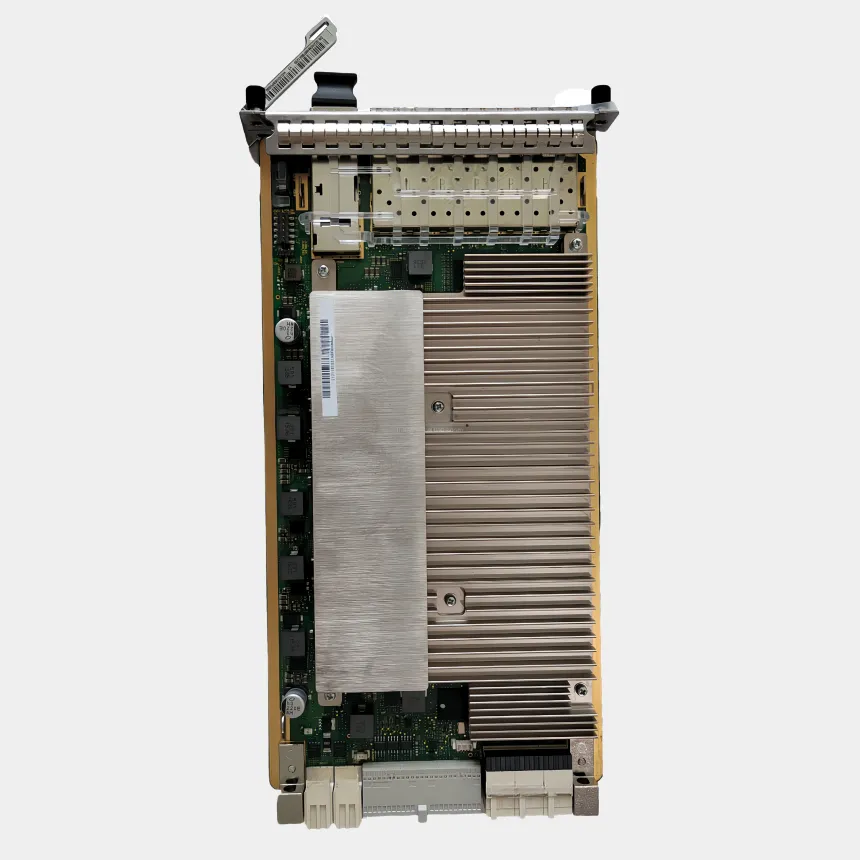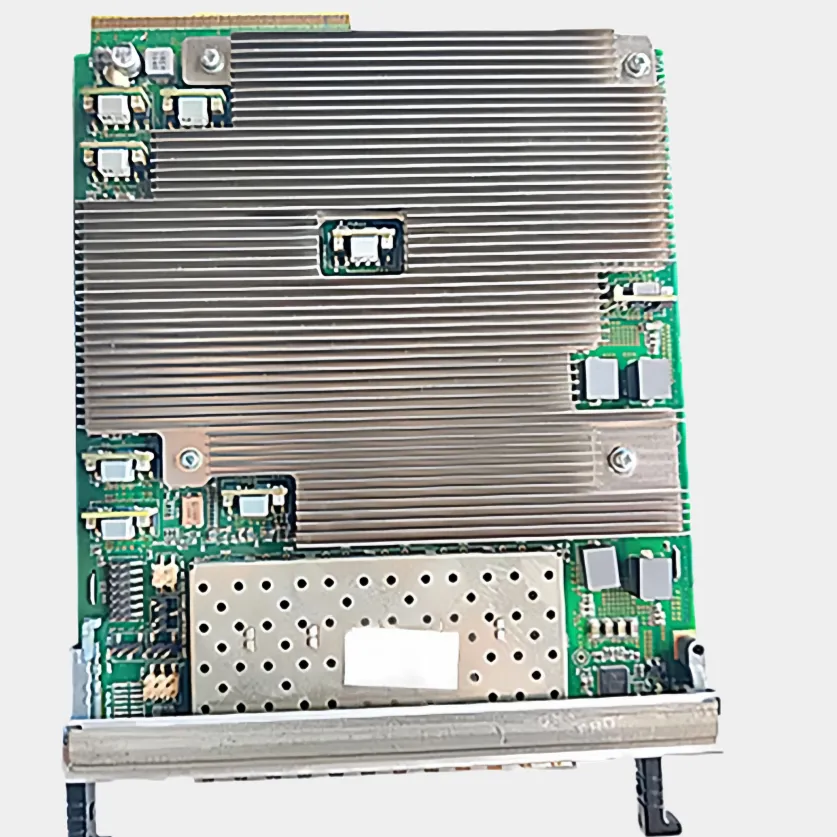Рутинне обслуговування та чищення пристроїв зв'язку є стільки ж важливим, скільки і регулярні перевірки роз'єднувачів, оновлення програмного забезпечення та прошивки, а також проведення різних тестів, включаючи перевірки джерела живлення та передавачів. Проблеми можна вирішувати проактивно за допомогою профілактичного обслуговування, яке проводиться під час квартальних або річних перевірок. Прогнозне обслуговування сприяється системами віддаленого моніторингу продуктивності, які відстежують визначені КПЕ. При інтеграції з віддаленими системами, системи отримання запчастин спрощують замовлення та зменшують операційну затримку, дозволяючи проводити передбачуване обслуговування.


